I still think mismatch will cause reflection at the point of mismatch.
Yes it will - with any length transmission line there will be reflections due to mismatch. However, with digital signals, if the reflection effect is somewhat below a certain value then its effect on digital signal integrity is small and can be ignored. Some folk use 1/10 and others use 1/20 as this limit.
The effect that a reflection has on a line of short length is to modulate the digital edges a slight amount - the reflected signal is about the same amplitude as the incident wave but pretty much close to having the same timings.
As the line length gets longer the reflected signal is smaller but one that has bigger timing differences to the incident wave hence the problem looks more like an amplitude wobble on the signal and a modulation of the logic 0 level. However, the reult at the end of the cable (the receiver) is of no consequence as shown below.
Consider also that an intentional mismatch at the end of a digital line can effectively be used to maintain the logic levels: -

Look at scenario (a) - it uses only a series driver resistor and no terminator at the receiver (unlike (b)). It's never as clear-cut as you think.
Consider this digital pulse travelling from left to right: -

Picture source.
It's not 100% a perfect scenario in that the thicker black wire is meant to show an cable impedance change BUT, you can see that what the receiver receives is the original signal with the loss of some amplitude and the reflection travelling back is what disrupts the incident wave back at the source. For an open ended termination at the receiver (as per scenario (a)) you get a perfectly recovered amplitude signal at the receiver/

